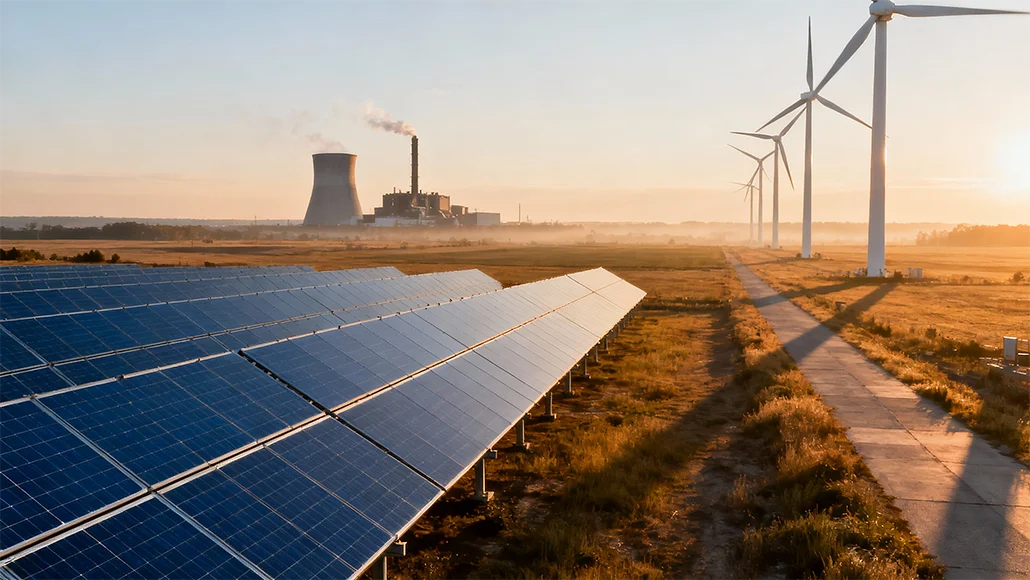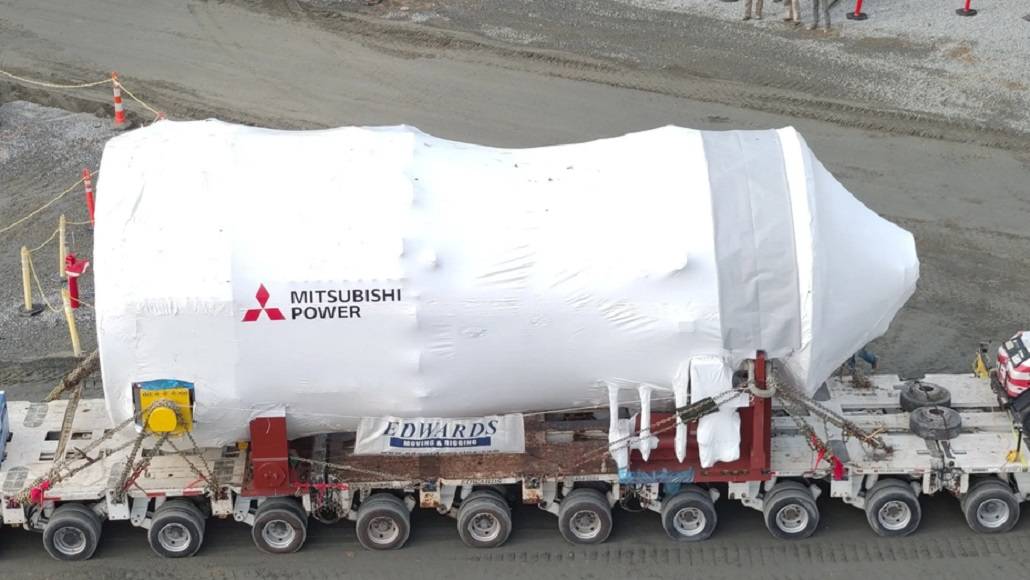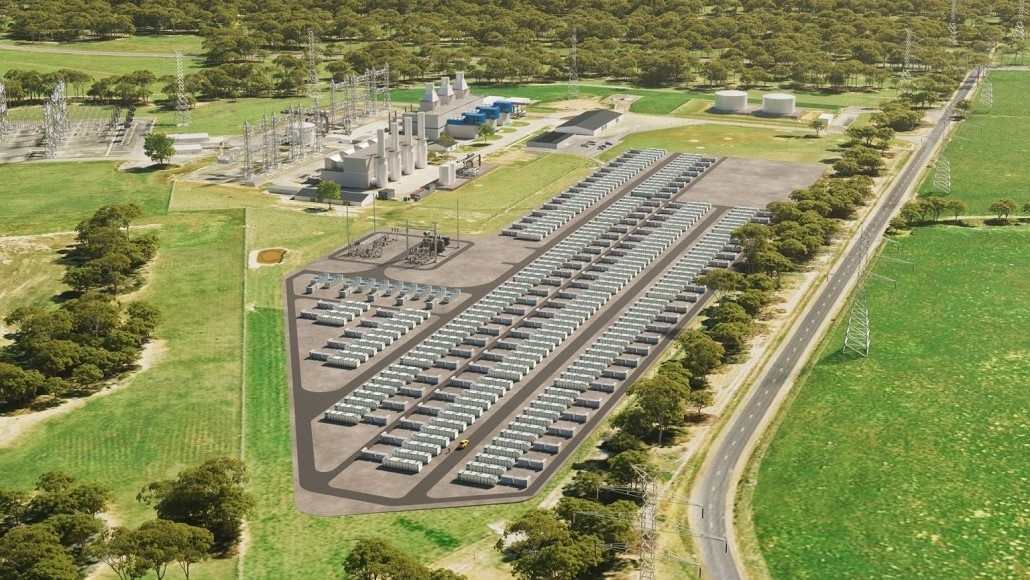The construction industry happens to be one of the largest as well as the most indispensable markets for global development, thereby comprising 14.2% of the worldwide GDP as well as employing more than 10 million individuals throughout the US alone. Still, the fact remains that the industry also happens to be one of the heaviest polluters in the world, thereby producing 40% of the overall global carbon emissions. But, despite the growing awareness among industry leaders of the requirement to decarbonize, the process happens to be much easier said than done.
In order to rectify this, the sector as a whole has to undergo a shift towards attaining net-zero. The challenges are going to be immense and the expense is going to be quite considerable, but due to the mounting pressure coming from the regulatory bodies teamed with public sentiment for the industry in order to clean up its act, the race happens to be on so as to make construction an eco-friendlier segment.
Embodied carbon: a massive problem
When one discusses carbon emissions within the construction gamut, two types of emissions need to be considered. First, there happens to be operational carbon, which is the ongoing emissions that’s released from maintaining a building’s cooling, heating, ventilation, lighting, and power systems. The second type happens to be embodied carbon, which takes into account all of the emissions that are released during the extraction as well as manufacturing processes in order to create building materials. While building owners can go ahead and actively reduce operational emissions over time by way of switching to sustainable energy sources, embodied carbon emissions, which happen to be generated across production as well as construction phases, go on to have a fixed impact that’s unchangeable post the completion of building project.
All of this means that the extraction as well as manufacturing processes have to change. Fortunately, recent years have gone on to witness significant advances when it comes to carbon capture, utilization, and storage- CCUS solutions, thereby offering effective ways in order to reduce buildings’ embodied emissions. One of the key approaches is point-source capture, which is a method that goes ahead and targets as well as captures CO2 emissions right at their industrial source, like in factories that happen to be producing high-CO2 materials such as cement and steel.
There are also other forms of innovative approaches, which include direct air capture- DAC and direct ocean capture- DOC. Once it is captured, the CO2 can then go ahead and be transported to a novel site to be converted into clean fuels or products, called Carbon Capture and Utilization- CCU or else stored underground within the geological formations, called Carbon Capture and Storage- CCS.
It is well to be noted that both CCU as well as CCS go on to offer promising pathways for a cleaner, more efficient, as well as sustainable construction sector. But most CCU and CCS development happens to be taking place right at the startup level. One instance is a Canadian startup called Carbon Upcycling, which goes ahead and converts CO2 waste into additives for numerous industries such as plastics, cement, coatings, concrete, etc. Other startups happen to be exploring their own carbon valuation methodologies with the end objective of coming up with a range of cost-effective as well as scalable methods in terms of reducing carbon emissions across all stages of the construction value chain.
In order to get there, though, large corporate players will have to step in, not just by way of investments within such startups but also by way of adopting their technologies. Since, ultimately, investments only go on to help a startup get into the adoption phase, so as to ensure that the sector’s decarbonization continues, large-scale adoption is also necessary. In this regard, governments, policymakers as well as industry leaders will go on to play a pivotal role when it comes to creating investment-friendly environments, which means going ahead and offering useful grants as well as creating sustainability initiatives that go on to push further investment, adoption, as well as innovation among the industry stakeholders.
Moving towards a circular economy
Among certain other initiatives that the construction industry should embrace, one of the most critical happens to be the concept of a circular economy, which is a system that’s focused on minimizing waste as well as extending the life of resources. This approach happens to be crucial to making sure of proper management as well as reuse of waste debris coming from construction as well as demolition projects.
The fact is that at any time a building gets constructed or demolished, large amounts of construction, demolition, and excavation waste- CDEW get generated. Most of this waste, which happens to be a diverse mix of concrete, metals, wood, as well as other materials at almost all times, ends up in landfills, where it goes on to pose environmental risks. But if the demolition companies could very aptly separate as well as catalog CDEW, materials could get repurposed and given a novel life in other stages of the construction value chain.
It is worth noting that while establishing a circular economy business model may go ahead and incur higher initial costs as compared to traditional methods, one needs to measure such costs against the long-term advantages. For example, lessening demand for finite natural resources can go on to result in savings that are quite prominent, especially amid the present price surges for all kinds of building materials. And then, there is also the regulatory aspect, as more governments look forward to imposing stricter regulations as well as penalties when it comes to unsustainable practices, thereby funding a more sustainable business model, which goes on to become a strategic as well as prudent choice.
Taking into account the green energy choices
Throughout the world, almost all major industries happen to be under pressure so as to move away from traditional fossil fuel power and look into greener energy choices. While this shift is indeed essential, in terms of avoiding irreparable damage from the effects of climate change, it goes on to pose a particular challenge for industries such as construction, where 98% of the overall energy comes from diesel. Fortunately, advances in green energy development have gone on to yield a range of green choices, especially hydrogen energy and sustainable industrial heat production, which go ahead and stand out as the most promising when it comes to the construction industry.
It is well to be noted that when hydrogen is manufactured by way of renewable energy sources, the result is indeed a clean, zero-CO2 emission source of carbon energy. In spite of the present dominance when it comes to fossil fuels across the world, efforts are indeed underway to expand production as well as the market viability of zero-emission hydrogen. Given enough time as well as investment, it is indeed reasonable to expect that clean hydrogen will go on to become a major power source as far as construction is concerned.
It is worth noting that the same can be said for sustainable industrial heat as well. Traditionally, the construction industry has gone on to rely on fossil fuels in order to power the technologies that happen to produce the high temperatures that are needed to run industrial processes. But if such feedstocks were to be replaced by energy from renewable sources such as solar, geothermal, as well as biofuels, the result is going to be a prominent amount of decarbonization in industrial heat production. At present, many startups happen to be involved in numerous approaches to generating sustainable industrial heat that have high applications for steel, iron, chemicals, and cement production.
The major challenge happens to now lie in scaling such kind of technologies for widespread adoption. Boosting collaboration as well as investment with startups that are either directly involved in or adjacent to the construction sector will be essential when it comes to advancing a clean energy shift.
Final thoughts
When it comes to the global construction industry, decarbonization is indeed going to offer some major challenges. Big changes will be essential at every level, right from infrastructure as well as supply chains to embracing new technologies as well as industrial processes. So as to ensure decarbonization, greater collaboration would be required between leading startups, industry corporations, as well as regulatory bodies. By way of taking those first steps now, the construction sector can go on to lay the foundation when it comes to a sustainable, efficient, and carbon-neutral future.

























